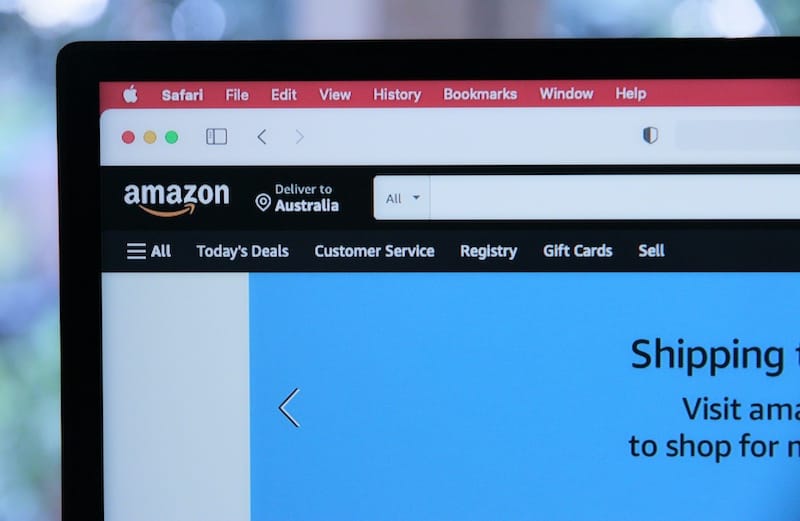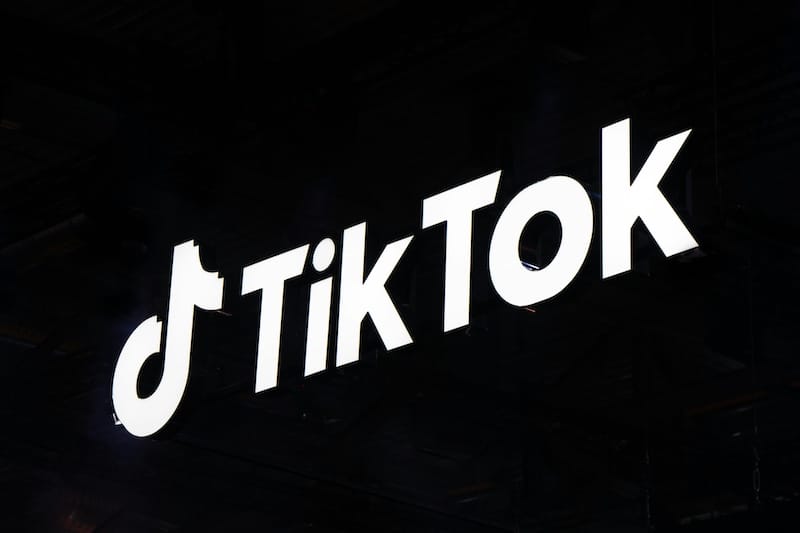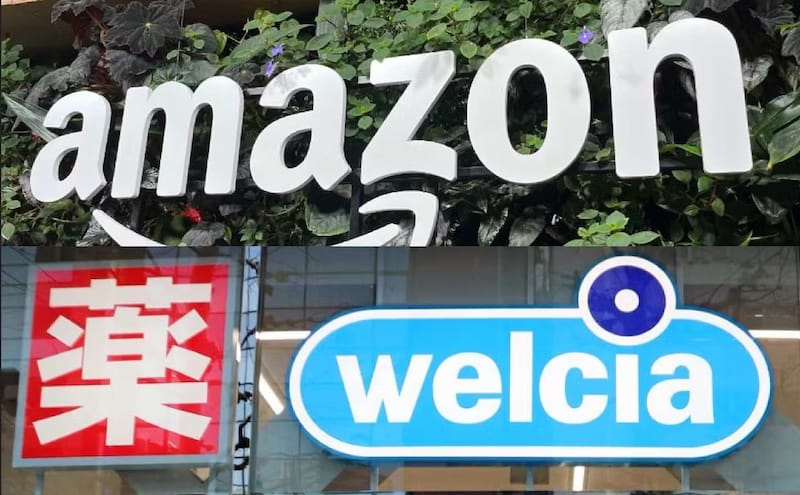TRD Issue 84 - Briefing: Meta, Google, and Amazon Lead Major Market Moves in AI and Digital Health
Meta releases its largest open AI model while Google keeps cookies alive. Amazon expands its digital health presence as tech giants make strategic moves in AI and privacy.

Hi everyone,
I hope you're having a great week.
Meta released its biggest open-source AI model (Llama 3.1 405B) in July – a significant move that could reshape the AI landscape, especially as we see increased competition from Anthropic's Claude and OpenAI's GPT-4. Meanwhile, Google threw everyone in the loop by announcing that they'll keep third-party cookies in Chrome this summer, which has relieved the ad industry and raised eyebrows. This is interesting as we see more privacy-focused initiatives across the tech industry.
Brands like Chipotle and Hoka are getting creative with Strava challenges to engage active consumers. This trend of brands leveraging fitness platforms isn't entirely new (remember Nike's early success with Nike+?), but the scale and sophistication of these campaigns are worth noting.
The retail scene in Japan is exciting right now. Despite inflation pressures, retailers see 5.1% growth while positioning themselves as consumer allies through strategic pricing. Amazon's move into Japan's online pharmacy market is also one to watch – it's following the playbook that worked well in the U.S. with PillPack but in a market with very different healthcare dynamics.
Happy reading!
The Retail Direct
About 91APP
Founded in 2013, 91APP is the premier OMO (online-merge-offline) SaaS company, providing one-stop omnichannel retail solutions in Taiwan, Hong Kong, and Malaysia. It offers advanced Commerce Solutions and Marketing Solutions that enable retail brands to penetrate the D2C (Direct-to-Consumer) e-commerce market and drive operational benefits to their full potential. In 2021, 91APP became the first SaaS company to be listed in Taiwan and has been named one of Taiwan's "NEXT BIG" companies by Startup Island TAIWAN.
For more information about 91APP (TWO: 6741), visit 91app.com.
AI
Meta's 405B Llama 3.1: A Bold Push for AI Dominance

Why it matters: Meta's release of its largest open-source AI model yet signals an aggressive move to challenge OpenAI and Anthropic while potentially reshaping the AI landscape through a "free-to-use" strategy.
The big picture: Meta unveiled Llama 3.1 405B, a 405-billion-parameter model that matches GPT-4's capabilities in some areas. The model was trained using 16,000 Nvidia H100 GPUs and a massive 15-trillion-token dataset.
Key features:
- 128,000-token context window (equivalent to a 50-page book)
- Support for eight languages and third-party tool integration
- Improved performance in coding and data analysis
- New licensing terms allowing developers to use model outputs for training
Behind the scenes: While Meta positions this as advancing open AI, it's a calculated move to:
- Build a developer ecosystem around its technology
- Drive down competitors' prices
- Gain market share through free distribution
The catch: The model's massive size requires significant computing power, raising concerns about energy consumption and grid stability. Meta acknowledges power fluctuations of "tens of megawatts" during training.
Bottom line: With over 300 million downloads of Llama models to date, Meta's strategy of offering free, powerful AI tools is gaining traction, but questions remain about the environmental impact and long-term sustainability of this approach.
Source: TechCrunch
e-Commerce
Prime Day 2024: Shoppers Opt for Basics Over Big Purchases

Why it matters: Amazon's biggest sales event reveals shifting consumer behavior amid inflation, with shoppers focusing on household essentials rather than traditional electronics deals.
The big picture: First-day sales reached $7.2 billion across all retailers, up 12% from last year, with Amazon expected to capture $8 billion of the projected $14 billion two-day total.
Key insights:
- Average order size: $59.78
- Nearly 2/3 of items sold for under $20
- Top sellers: Protein shakes, trash bags, and Amazon's Fire TV stick.
- Electronics sales are still up 33% compared to June averages.
Market dynamics:
- Amazon faces increased competition from Walmart, Target, and new players like TikTok Shop
- Ad spending during Prime Day is expected to be 4-5x higher than daily averages
- The company's market share during the event declined for the third straight year
Bottom line: While Prime Day continues to break records, the shift toward everyday purchases signals consumers' growing price sensitivity and changing shopping priorities in the current economic climate.
Source: Modern Retail
TikTok's Prime Day Challenge Falls Short Despite Social Media Might

Why it matters: TikTok's first major attempt to compete with Amazon's Prime Day reveals the significant gaps between social commerce and traditional e-commerce, highlighting new platforms' challenges in disrupting established retail giants.
The big picture: While TikTok has proven its ability to drive viral product success, its "Deals For You Days" event saw a 6% decline in gross merchandise growth, while non-Amazon retailers grew 3% during Prime Day.
Key comparisons:
- TikTok's average discount: 18%
- Amazon Prime Day average discount: 22%
- Prime Day hashtag views on TikTok: 314 million
Market reality: Despite TikTok's $17.5 billion U.S. shopping ambition, the platform faces significant hurdles:
- Technical glitches affecting discount displays
- Lower average order values
- Limited big-brand participation
- Lack of consumer recognition as an e-commerce destination
Bottom line: While TikTok excels at discovery-based shopping and beauty products, it's not yet positioned to challenge Amazon's dominance in mainstream e-commerce. However, combined with other emerging players like Temu and Shein, it represents a broader competitive threat to Amazon's market share.
Source: Modern Retail
TikTok Shop Plans Cautious European Return via Spain and Ireland

Why it matters: TikTok's revised European e-commerce strategy reveals a more measured approach to expansion amid regulatory scrutiny while maintaining aggressive growth plans in the U.S.
The big picture: ByteDance's social media platform plans to launch TikTok Shop in Spain and Ireland by October, scaling back from its initial five-country European rollout plan.
Key developments:
- Building a 40-person team in Spain
- Hiring Spanish speakers in Madrid and London
- Targeting October launch in two markets
- Planning broader European expansion in 2025
Market context:
- U.S. remains a priority with a $17.5B sales target
- Faces EU regulatory challenges
- Competing with Amazon, Shein, and Temu.
- Led by ByteDance veterans Bob Kang and Kevin Chen
Bottom line: TikTok's cautious European approach suggests a strategic shift to balance growth ambitions with regulatory compliance while its U.S. expansion continues aggressively despite political uncertainties.
Source: Bloomberg
Marketing
Google's Cookie Reversal Creates Regulatory Uncertainty

Why it matters: Google's unexpected decision to keep third-party cookies in Chrome has created confusion about regulatory oversight and raised new privacy concerns, potentially reshaping digital advertising's future.
The big picture: Google's announcement has forced the UK's Competition and Markets Authority (CMA) to delay its Privacy Sandbox review while regulators reassess their oversight role.
Key developments:
- CMA postponed its quarterly report due this month
- Stakeholders have until August 12 to submit feedback
- Information Commissioner's Office (ICO) expressed disappointment with Google's decision
- Uncertainty over CMA's continued supervision of Privacy Sandbox
Regulatory implications:
- The CMA's oversight role may diminish if cookies aren't deprecated
- ICO could take the lead on privacy concerns
- Google faces potential new regulatory scrutiny over data protection
- Questions remain about Privacy Sandbox's future
Bottom line: Google's reversal complicates its regulatory relationships and leaves both privacy advocates and advertisers uncertain about the future of web tracking and data protection standards.
Source: AdExchanger
Ad Industry's Mixed Response to Google's Cookie Retention

Why it matters: Google's surprise decision to keep third-party cookies in Chrome has left advertisers relieved but skeptical following years of preparation for their deprecation.
The big picture: After three delays since 2020, Google is now pivoting to a user-choice approach similar to Apple's, abandoning its previous commitment to eliminate third-party cookies.
Key industry reactions:
- Relief over avoiding immediate disruption to ad targeting
- Skepticism about regulatory compliance with the new consent approach
- Concern about wasted resources preparing for cookie deprecation
- Recognition that cookie-less preparation wasn't entirely in vain
Looking ahead:
- Google plans to introduce a new Chrome experience for user privacy choices
- Third-party cookies are likely to decline gradually rather than disappear
- Companies' investments in cookie-less alternatives remain valuable
- Industry awaits details on implementation and regulatory approval
Bottom line: While the decision provides temporary stability, ad executives recognize this is likely a transition period rather than a permanent solution, with privacy-focused advertising still the inevitable future.
Source: DigiDay
Brands Leverage Strava Challenges for Customer Engagement and Growth

Why it matters: Major brands are turning to Strava's fitness-tracking platform to connect with active consumers, offering product discounts in exchange for completing workout challenges.
The big picture: With over 125 million users and growing Gen Z participation, Strava has become a valuable marketing channel for brands targeting health-conscious consumers.
Success metrics:
- CamelBak's challenges: 149,000-223,000 participants
- Hoka's July challenge: 175,000+ participants
- Duer's Bike to Work challenge: 59,000 participants, 42,000 completions.
Marketing strategy:
- Minimum investment: $20,000 per challenge
- Customizable challenge types
- In-app promotion and tracking
- Direct conversion through reward redemption
- Valuable customer data for business decisions
Bottom line: Strava's branded challenges are proving effective for customer acquisition and market research, with companies like Duer using participation data to inform expansion strategies and deepen community engagement.
Source: Modern Retail
Asia
Japanese Retailers Post 5.1% Sales Growth While Fighting Inflation

Why it matters: Japanese retailers position themselves as consumer allies during inflation, balancing price increases with strategic discounts on daily necessities.
The big picture: The Nikkei MJ retail survey shows 5.1% sales growth across 485 comparable companies in FY2023, marking the third consecutive year of growth despite consumer fatigue from price hikes.
Key strategies:
- Major chains launching targeted price reductions on national brands
- Ito-Yokado is reducing prices on 100 high-frequency purchase items
- Retailers streamlining operations to fund discounts
- Private label optimization to maintain competitive pricing
- Cross-company logistics collaboration to address the driver shortage
Market dynamics:
- 39.6% of companies report stronger consumer preference for low prices
- 34.7% see sales volume drop after price increases
- 64.9% plan some price increases in FY2024
- Real wages declined for 26 consecutive months.
Bottom line: Japanese retailers are balancing necessary price increases with strategic discounts and operational efficiency to maintain consumer loyalty during persistent inflation while simultaneously addressing logistics challenges.
Source: NIKKEI
Amazon to Launch Online Prescription Drug Sales in Japan

Why it matters: Amazon's entry into Japan's prescription drug market signals a significant shift in healthcare delivery, potentially accelerating digital transformation in the country's medical sector.
The big picture: Amazon Japan plans to partner with Welcia Holdings and other drugstore chains to launch online prescription drug sales in 2024, leveraging its 50 million user base in Japan.
Key details:
- Service will enable end-to-end prescription process from medication guidance to delivery
- Amazon will use its delivery network but won't hold inventory
- Pharmacists at partner stores will provide online medication guidance
- Electronic prescriptions were recently legalized in Japan (January 2023)
Market context:
- Japan's prescription drug market: ¥7.8 trillion (2022)
- Current e-prescription adoption: Pharmacies 32% and hospitals 1.5%
- The government aims for full e-prescription adoption by March 2025
- The growing elderly population is driving demand for remote healthcare
Bottom line: This move mirrors Amazon's U.S. pharmacy strategy and could significantly impact Japan's healthcare landscape, though challenges remain in digital adoption across the medical sector.
Source: NIKKEI
Korean Cosmetics ODMs Post Record Q2 Driven by Global K-Beauty Surge

Why it matters: South Korean cosmetics manufacturers are seeing unprecedented profits as K-pop and K-drama popularity drives international demand for Korean beauty products despite global inflation.
The big picture: Korea's ODMs reported 10-40% revenue growth in Q2 2024, with exports reaching $4.04 billion in the first five months, up from $3.33 billion last year.
Key performance highlights:
- Cosmax: 26.3% profit increase to ₩58.1B ($42M)
- Kolmar Korea: 15.3% profit growth to ₩64.2B
- Exports now reach over 170 countries
Market drivers:
- Rise of indie K-beauty brands
- Market diversification beyond China
- Strong e-commerce presence on Amazon
- Hallyu (Korean Wave) cultural influence
- Growing suncare product demand
Bottom line: With upcoming retail events like Black Friday and continued cultural influence, Korean cosmetics makers are expanding production capacity and exploring new markets, while attracting increased investment from major institutions like the National Pension Service.
Source: KED Global





Comments ()